In the 40 years of its existence, the Sher-e-Kashmir Institute of Medical Sciences (SKIMS), a deemed university, has emerged as a key research and healthcare facility for the well-being of people within and outside Kashmir. While the scope of improvements is vast, interventions in its autonomous character may neither go well with the society it serves nor the institution it has evolved into, reports Yawar Hussain
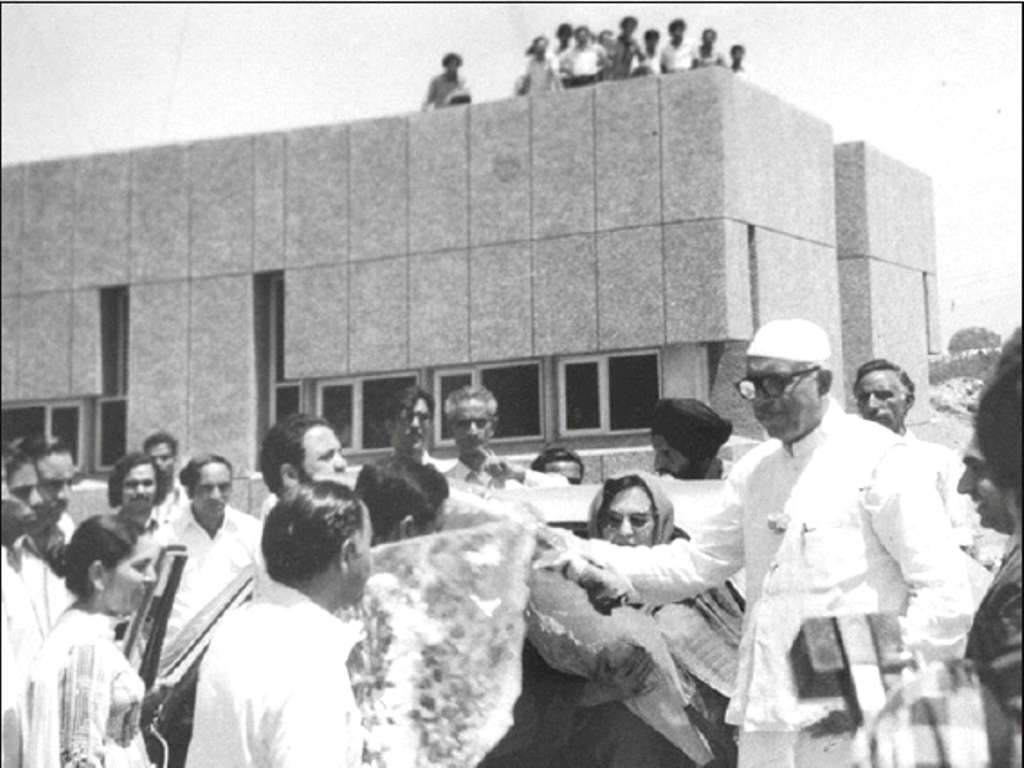
For millions of people within and around Kashmir, the Sher-i-Kashmir Institute of Medical Sciences (SKIMS) is the only go-to place for sickness. Over the last around 40 years, it has emerged as a major institution that apart from treating millions of people is a major address for research and medical education.
“The work done at SKIMS on viral hepatitis, iodine deficiency, and influenza is global in nature and some of the world-shaking treatments in gastrointestinal bleed and other things that started here are now in vogue the world over,” a senior doctor who has spent his entire career at SKIMS said. “Can you believe that one of our seniors has 72000 citations in his field?”
SKIMS has time-tested collaborations in research with some of the best health research institutions in the world. “The importance of the work done at SKIMS is acknowledged to the extent that SKIMS incumbent director is the vice chair of Middle-East and Africa Influenza Surveillance Network (MENA-ISN) despite the fact that it has nothing much to do with Jammu and Kashmir,” the doctor said.
On the patient care front, SKIMS, insiders say has many firsts in the region. “We have 500 transplants to our credit and we have started bone marrow transplant as well,” the doctor said. “Our only problem is that the brand that SKIMS has emerged into is triggering massive footfalls and we neither have a right nor an ethical ground to stop it. It sometimes leads to problems.”
The Genesis
For a political restart, it was a key confidence-building measure (CBM) After the release of Jammu and Kashmir National Conference’s founder and Sheikh Muhammad Abdullah from years of captivity and just ahead of the Indira Abdullah Accord on February 24, 1975, the Sher-i-Kashmir National Medical Institute Trust (SKNMIT) was floated on May 19, 1973 by some of his friends for setting up a hospital in Srinagar’s Soura, the ancestral residence of Kashmir’s towering leader.
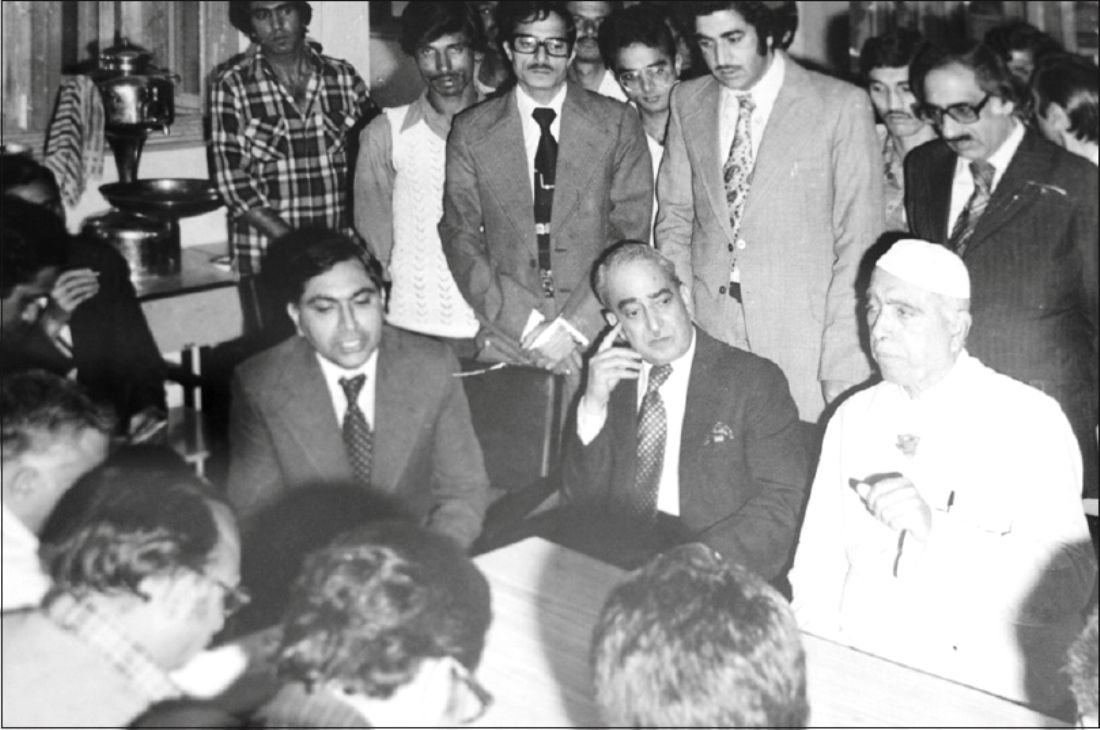
The SKNMIT’s creation paved the way for the commissioning of the Sher-i-Kashmir Institute of Medical Sciences (SKIMS) a decade later. However, the construction of the premier health facility was not as smooth as the dates suggest.
In 1972, Jammu and Kashmir’s Housing Department acquired land measuring about 1000 kanals at Zoonimar village for the construction of a housing colony. Alternatively, the Jammu and Kashmir government had also been working on a plan of building a 500-bedded hospital at Soura.
The ‘Court’ History
The details of the evolution of this super-speciality hospital are part of a 2004 judgement of the Jammu and Kashmir High Court delivered in a petition challenging the government’s 2003 decision of taking over the hospital. It said some friends and admirers of the late Sheikh Muhammad Abdullah had a meeting on November 21, 1972, in which they decided to set up a public charitable trust for the establishment of a Medical Institute at Srinagar.
In December 1972, Sheikh personally approached the Chief Minister, informing him that, on his birthday, some of his friends and admirers had presented to him a sum of Rs 1.5 lakh for instituting a benevolent trust and that the consensus was on building a hospital. He sought the cooperation of the State Government and requested for leasing out 230 kanals and 13 marlas of land situated to the West of Soura, acquired by the Government and the Government dispensary that existed at Soura, adjacent to the land in question, as also a contribution towards construction and maintenance of the hospital. Sheikh was made the lifetime Chairman of the Trust and Syed Mir Qasim, the then Chief Minister of the State, was one of the ten trustees.

However, Dr Ajit Nagpal, the founder Director of SKIMS said that the idea was conceived by Sheikh Abdullah in 1976 so that the long-pending health needs of Kashmir are met, which got instant approval from Indira Gandhi. Gandhi is said to have been in the mood to reward the Sheikh for signing the accord.
“I was deputed as the Director, SKIMS, from the PGI, Chandigarh,” remembers Dr Nagpal. “Indira Gandhi got advisers from all over the country for establishing the institute and setting up state-of-the-art facilities there.”
One of the key officers involved in the making of the SKIMS was Narinder Nath Vohra, then a young civil servant, who later became Delhi’s Kashmir interlocutor from 2003 to 2008 and later the Governor of Jammu and Kashmir twice till 2018. He was handpicked for the project by Gandhi. He would often fly on weekends to oversee the implementation.
Following Shiekh’s request, the Qasim government through order No 872-HD of 1973 sanctioned the leasing out to the Trust of 292 kanals and 8 marlas of land comprising khasra Nos 415, 423, 424, 422, 5381/421, 5582/421, 425, 426, 429, 432, 430, 431, 433, 434, 416, 417, 418, 419, 437, 438, 411, 412, 413, 414, 388, 5379/390, 5380/390, 391, 392, 389, 394, 410, 405, 407, 408, 409/1, 409/2, 406, 398, 399 situated at Zoonimar for a period of 40 years at a consolidated rent of Rs 101 per annum.
“Earlier to that, vide Government order No 627-HD/G of 1973 sanction was accorded to transfer of Government Dispensary situated at Soura comprising main dispensary building, its kitchen block, chowkidar’s shed along with land underneath and appurtenant thereto, to the Trust,” the Jammu and Kashmir High Court’s 2004 judgement has recorded.
However, the judgement mentions that no lease deed was executed between the government and the trust in 1973. In May 1974, the government through order no 232-MD/G of 1974 sanctioned allotment of another government property, namely, the Drug Research Laboratory situated at Moulana Azad Road, Srinagar, to the Trust on rent which was to be decided later.
In February of 1975, the SKNMIT Chairman, Sheikh took over as the Chief Minister of Jammu and Kashmir. Congressman Syed Mir Qasim, following the accord, stepped down and paved way for Sheikh’s takeover of the Congress majority house.
Immediately after, the High Court records that RK Sawhney, the then Secretary of the Trust, wrote to Sheikh on May 22, 1975, requesting him to amend Government Order No 872-HD of 1973 so that the trust can be made absolute owner of the 292 kanals and 8 marlas of the land at Zoonimar.
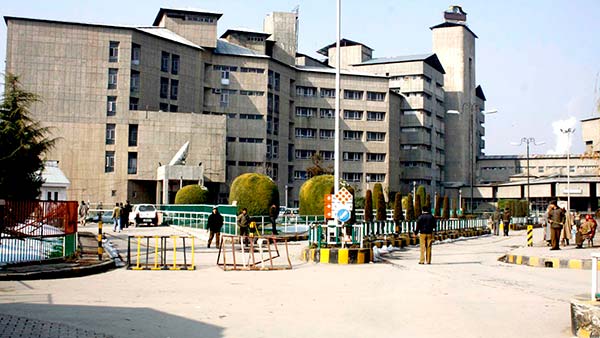
Sheikh government sought the opinion of its law department, which highlighted that the land could only be transferred to the Trust if the Transfer of Property Act is amended. In follow-up, the Health Department processed a memorandum for the cabinet which was approved by the Cabinet on February 17, 1976. This paved the way for amendment of the Transfer of Property Act, Samvat 1977 on the proposed lines.
There were a lot of turns and twists. The court held that on August 27, 1976, the Sheikh government through order No 214-ME transferred Kashmir Nursing Home, Gupkar road, Srinagar along with its land, buildings and annexe and all its assets, including equipment, to the Trust on the condition that it shall use the premises solely and exclusively for maintaining a Nursing Home and shall provide adequate representation to the government on its Management Committee.
On August 5, 1977, Revenue Secretary was appointed as the coordinator on the land transfer case. The approved cabinet memorandum, however, said the properties to be transferred to the Trust would be a donation from the Jammu and Kashmir government. An order was issued in 1978. “Though there was no formal deed of transfer of the aforesaid properties to the Trust executed yet, the Trust got the aforesaid properties mutated in its name in the revenue records,” the High Court judgment recorded.
On January 18, 1977, the government renamed the 500-bedded hospital as Institute of Medical Sciences. It followed an agreement, the other day, which termed the SKIMS as a “joint venture”. The agreement laid down the constitution of an all-powerful Governing Body with the Chief Minister as Chairman; cabinet ministers as members; as the Trust nominated four members to the body.
The hospital started functioning in 1983. The 2004 judgement, however, said that the entire funds were mobilised by the government.
There were many players in establishing the SKIMS. One of them is a legend. Dr Ali Muhammad Jan. A household name, he turned down the post of Principal Government Medical College, Srinagar, and instead remained busy with the Trust of which he was Vice Chairman.
Launch and Growth
On December 5, 1982, the Sher-i-Kashmir Institute of Medical Science was formally inaugurated with an Outpatient Department and a 150-bed in-patient service.
This Institute soon started to flourish and the first batch of postgraduate students was enrolled in 1984 due to the hard work, grit and determination of its Director, Professor Anand. He retired in December 1985.
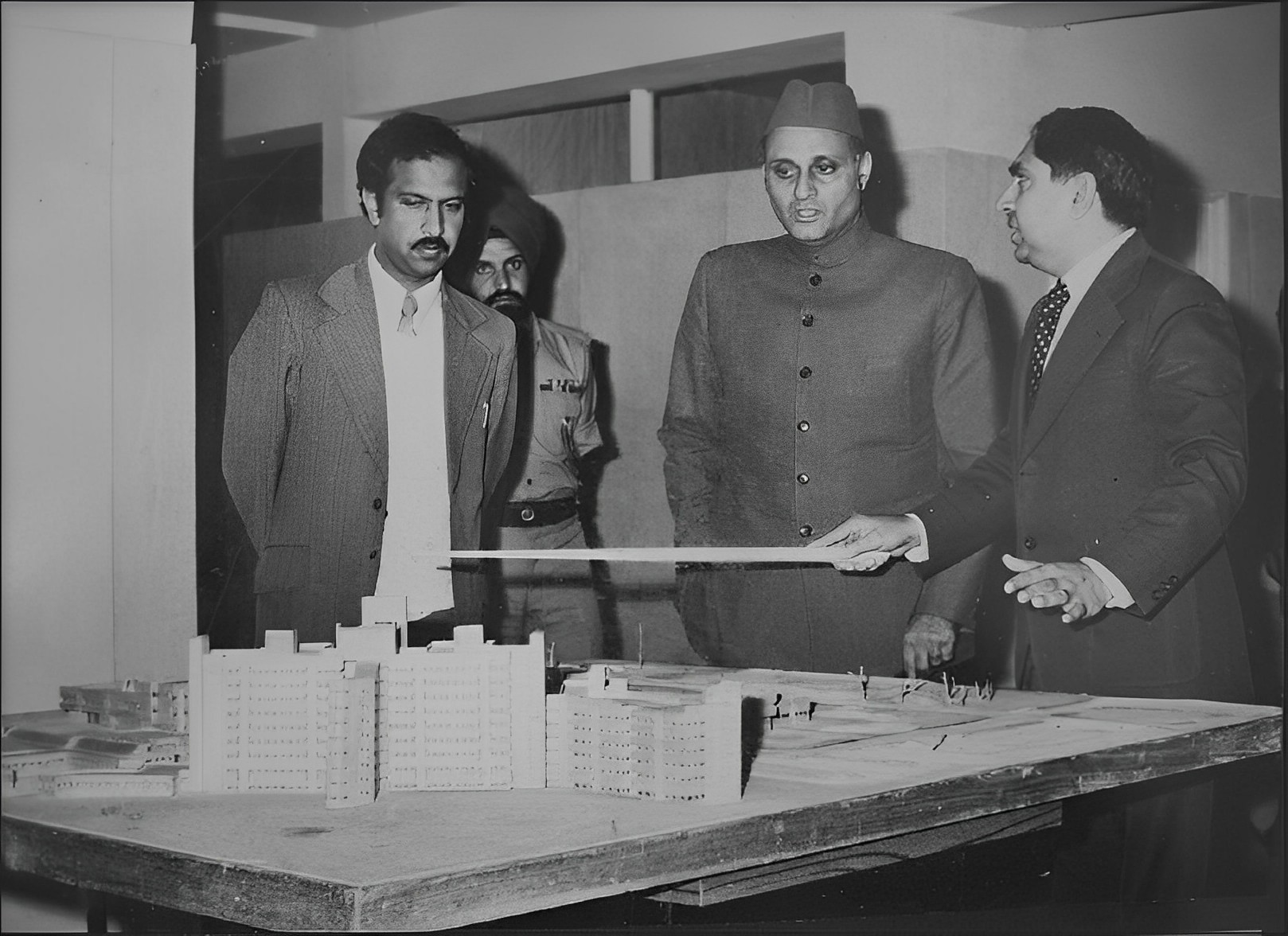
Dr Nagpal, its founding Director said that Indira Gandhi in 1976, sent a team of 56 doctors outside Jammu and Kashmir to get trained in various specialities. “At the same time, Indira Gandhi got a group of reputed doctors from all over the country for heading faculties like neurosurgery, anaesthesia and cardiac surgery.”
Subsequently, the government relaxed norms for the Kashmir girls to undertake nursing courses. A scholarship of Rs 600 per month was offered to attract girls towards the nursing profession and strengthen medical assistance staff at the SKIMS.
“It was a Herculean task, but by the time we had the SKIMS building ready in 1982, the Board of Directors interviewed freshly trained doctors and inducted them into the staff,” said Dr Nagpal.
“I joined SKIMS on January 1, 1982. Back then, most of its faculty was from other states of India. I have been involved in establishing the first services at the hospital,” Dr M Sultan Khuroo, who eventually became the Director at the peak of militancy, said. He credits Dr Nagpal with building the institute structurally, and monetarily and envisioning it to be a tertiary care hospital. “Besides him, his successor, Dr BK Anand catapulted it to function as one of the best institutions in the country. There were 150 doctors under Anand.”
A Medical College
In 1989, the Jhelum Valley Medical College was started by the Trust as a private entity. However, in 1998, Farooq Abdullah-led government took over the college and named it as SKIMS Medical College, spread over around 400 kanals in Bemina.
“The trust started the hospital in 1993 but it did not pick up. The college had been running for seven years with three batches already graduating. The graduates of this college were unable to get any job or go for post-graduation pending the MCI recognition. To safeguard the interest of students the newly elected government of Dr Farooq Abdullah in a historic decision took over and attached this institute with the SKIMS Soura in 1998.”
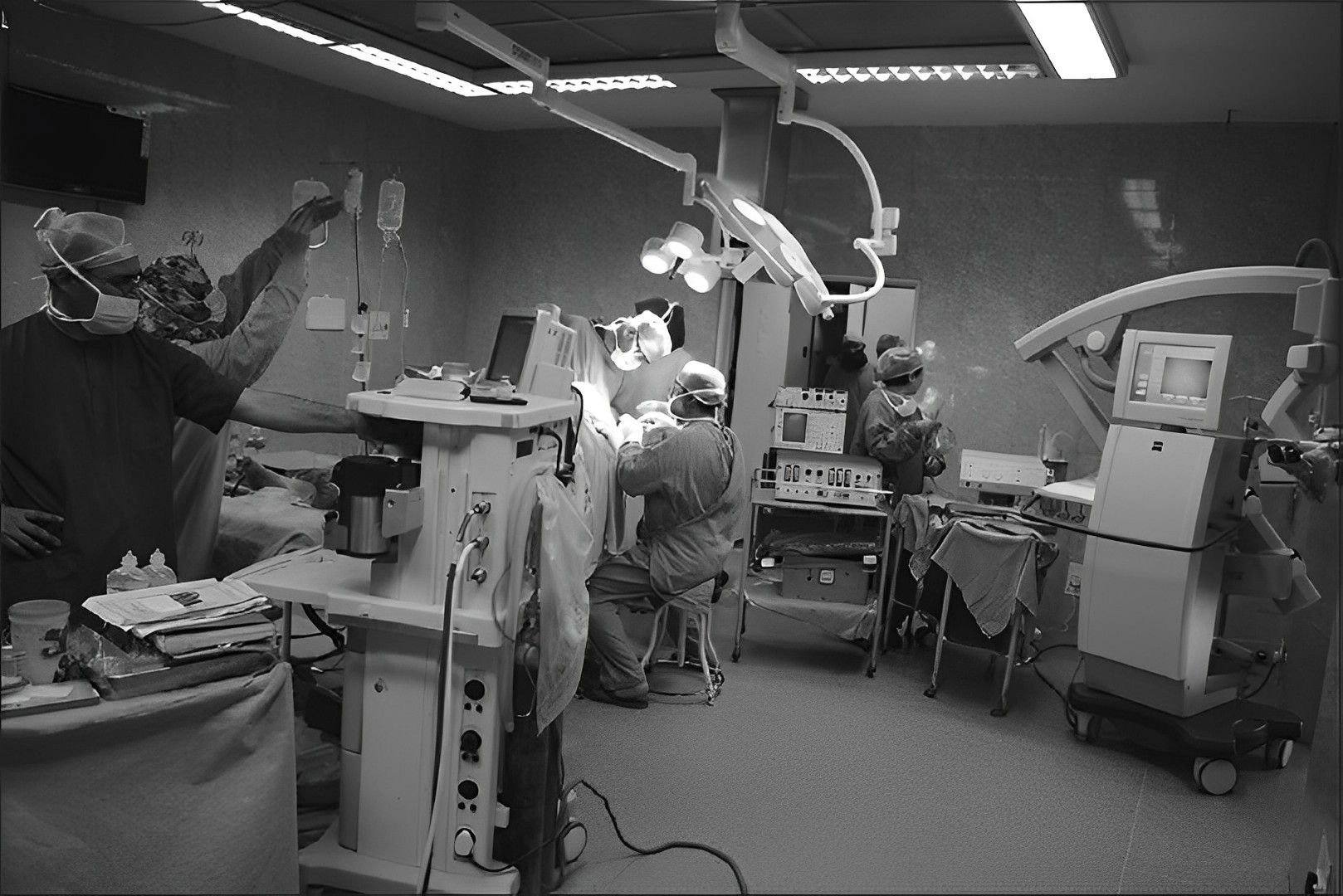
The then Director SKIMS Soura, Dr Mehraj ud Din appointed Dr Yaqoob Khairadi as vice principal, which paved the way for the recruitment of faculty, nursing staff and other paramedical staff in various departments. Prof M Afzal Wani the next principal laid the foundation of new hostels and made policy decisions for the college.
Following the takeover by the government, the dysfunctional departments were streamlined and the plan was made to develop the whole campus on the requirement of a full-fledged Medical College based on MCI requirements.
Earlier on August 19, 1983, the government through an act of legislature had accorded the deemed university status to SKIMS.
“Its growth was swift. Till 1989 it grew much faster than any other health facility in India. We worked extraordinarily hard to make turn it into Deemed University. There were many medical procedures which set precedent in the institution itself,” Dr Khuroo said.
Tumultuous 1990s
In the tumultuous 1990s, the SKIMS played a crucial part in emerging as the last address for survival, especially for trauma patients. There were days when the bullet-hit or the splinter-splattered people would not get beds in the hospital and doctors had to work non-stop round the clock.
“During the 1990s, SKIMS doctors despite being ill-treated at their hospital by unwanted guests performed their duties with full dedication and sincerity,” the erstwhile adviser to Lt Governor, Farooq Khan told the gathering on SKIMS 37 Raising Day. He was a police officer heading the encounter-insurgency unit. “I personally know that during the turbulent ’90s, the institute (SKIMS) was affected very badly. Most of you who were there in the 90s may recall who used to run the institution. It was not the Director SKIMS. Some unwanted guests sitting in one of your rooms used to virtually run the show…SKIMS professionals were maltreated, they were harassed, but they continued to perform their duties. That tells you about fabulous work their teachers have done, who had trained them.”
Dr Khuroo said that unfortunately, after the 1990s the faculty plummeted from 250 to less than 60 as many migrated. “At times it plummeted to 40.”
To cater to footfall with fewer human resources, according to Khuroo, they had to get people vertically within the state at a fast pace as it was an urgent need.
“We could not repair equipment as people were unwilling to come to Kashmir and even buy new ones. We were badly affected due to it,” he said.
During his tenure as Director SKIMS, times were hard. “The local faculty kept the institutions functional along with thousands of employees. Many people including myself had to migrate in 1996 besides Pandits due to deteriorating security conditions. The local young faculty kept it functioning.”
The 1990s meant trouble from various quarters for the doctors and paramedical staff. Many times, SKIMS employees had to reach the hospital in the night hours amid curfews in place.
“During the early 1990s, being involved with tertiary care meant a call at any time of the hour. There were times when I left home early in the morning and come late. The security officials along the route would threaten me with a gun pointed towards me till I showed my identity card,” a senior SKIMS doctor wishing anonymity said. “During that era, the infrastructure became dilapidated, however, the government chipped in. We kept the ship sailing and prevented it from sinking.
In the early 2000s, the Mufti Sayeed-led coalition government took over the affairs of the hospital after rescinding the government orders from the 1970s.
The decision was challenged in the court but the judiciary sided with the government. A few patches of land initially granted by some members of the Abdullah family had been compensated while they had turned the Drug Research Laboratory at Maulana Azad Road into the Ali Jan Shopping Complex. The Court said the Trust’s desire to lease out the Kashmir Nursing Home to a third party had led to the Mufti government’s rescinding of the series of 1970s government orders.
Present Status
In July 2022, the government reconstituted SKIMS Governing Body with Lt Governor as chairman. The other members of the body include his Advisor(s) the Chief Secretary, the Union Health Secretary, the Secretary, the Department of Biotechnology, Ministry of Science and Technology Government of India; the Director, AIIMS New Delhi (or one of his Deans in the absence of Director, AIIMS); Principal, Government Medical College Srinagar; Principal, Government Medical College Jammu and Principal SKIMS Medical College Bemina as its members.
Currently, SKIMS is manned by 5000 odd employees and incorporates more than 50 departments. The medical faculty of each department consists of Professors, Additional Professors, Associate Professors, Assistant Professors, and Senior and Junior residents where the senior-most professor functions as the head. The hospital is catering to 20,000 patients in 24 hours. Currently, the institute has 1200 odd-bed capacity with a requirement of 1000 beds still felt to cater to patient demand.
SKIMS, a deemed university offers post-doc degrees including Doctorate in Medicine (DM) courses; Magister Chirurgia courses; Doctorate of National Board courses; Doctor of Philosophy courses. At the PG level, the SKIMS offers Doctor of Medicine (MD) and Master of Surgery (MS) courses in all the major medical departments. Besides, the institute offers Master of Science courses as well as Bachelor of Science courses. At the undergraduate medical courses level, the SKIMS offers MBBS; MSc Nursing and BSc Nursing courses.
In 1988, the Journal of Medical Sciences (JMS) was started by SKIMS, which publishes in all categories of medical research work, together with invited articles/editorials from the doyens in varied specialities (native and abroad).
A former SKIMS Director, wishing anonymity said during his tenure he never had to deal with any of the Chief Ministers but only with the governors. “To me personally, the stripping of autonomy will not impact its functionality as the institute itself is a force to reckon with,” he said.
Recently when the LG administration asked the SKIMS to route its files through the health department, it was angrily reacted from various sides. “SKIMS should be a college now. That is what is happening to everything in Kashmir. First the university’s academic independence and now this institute,” former minister Naeem Akhter said. “The roller is on. They are trying to have a bonsai garden and reduce people to Lilliput size. It was a deemed university with autonomy.”
The Director, according to Akhtar, never reported to Health Department in the past as it had direct contact with the Chief Minister. Off late, the SKIMS Raising Day on December 5, has been a lacklustre event.
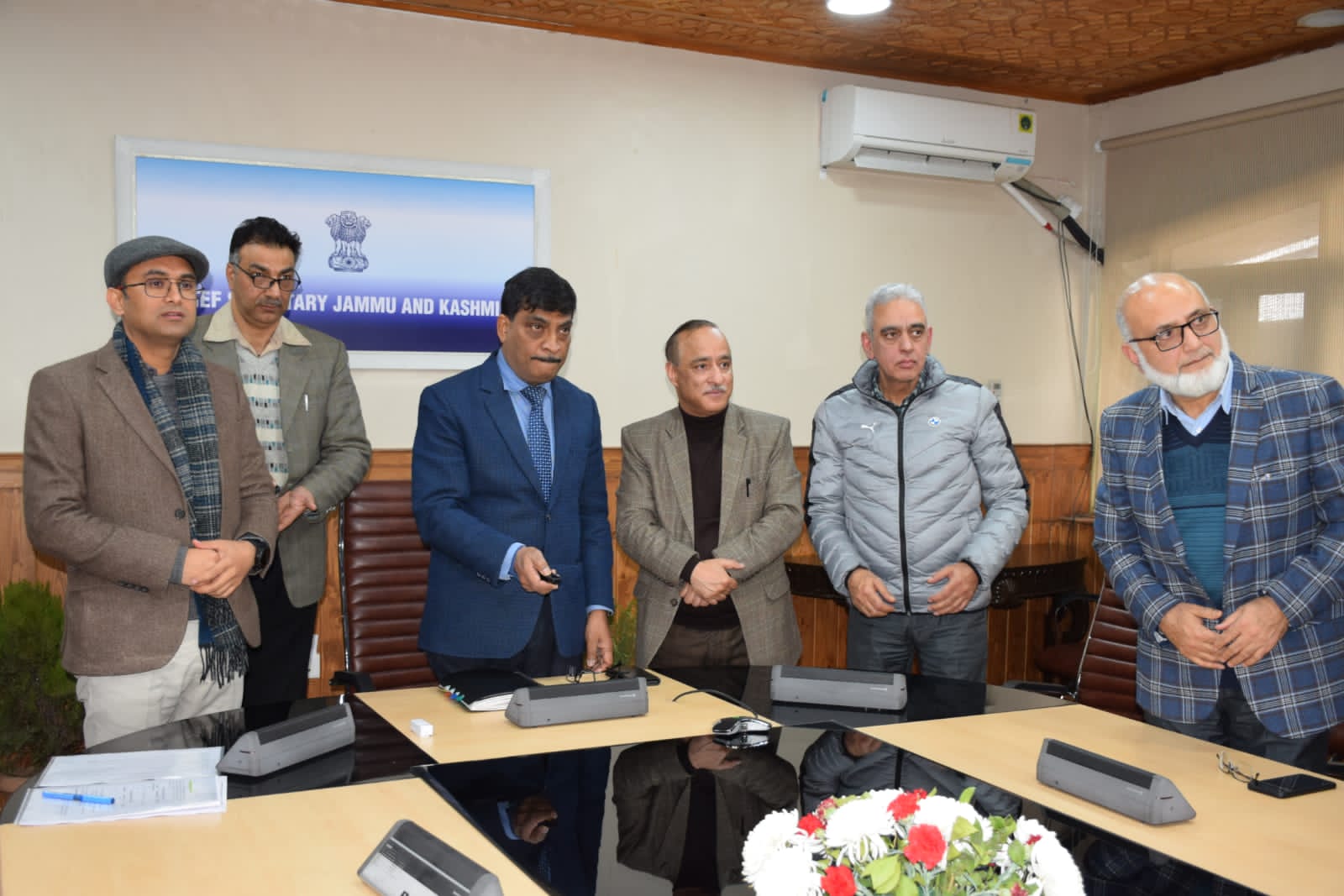
Even the veterans who have served the institution for their entire life are concerned. “Once the autonomy goes, the SKIMS will be reduced to a medical facility,” Dr Shikeh Aijaz Ahmad, former head of the oncology department said. “While we expect that the institution must grow, I am unable to understand why there are efforts to undo a medical university.
Insiders, however, said the situation on the ground has not changed. “It was way back in 1997 when SKIMS was tagged with health and medical education,” one insider in the government said. “However, it did not impact the status of the Director who remained ex-officio secretary to the government. It has not even changed now even though there were at least instances in the recent past when the ex-officio secretary status was stripped from the director.” If these insiders are to be believed then the files are still directly submitted to the Chief Secretary and not routed through Secretary of Health.
The Research Side
What makes the SKIMS different is that a lot research is also transacted while treating the patients. In 2020, when Stanford University came out with its list of the world’s top two per cent scientists, there were four Kashmiris – among whom, two were from SKIMS – gastroenterologist Dr Khuroo, and pulmonologist Dr Parvaiz A Koul – one a former director and another, the incumbent director.
In 2015, Dr Sameer Naqash, prominent Surgeon head of the upper GI Hepatobiliary and Pancreatic surgery unit at SKIMS was invited as a guest speaker at Prestigious International Gastric Cancer Congress, the highest international forum on gastric cancer in the world, which was held in Verona, Italy.
In January 2022, Hyder Mir, Scientist ‘C’ while working on Global Influenza Hospital Surveillance Network at SKIMS bagged the 2021 first MENA-ISN Research Award for his paper.
Dr Manijha Yaqoob, a Physician Scientist at Roche USA, started her successful medical professional from SKIMS.
“There are countless instances of SKIMS doctors making small or major intervention that is part of medical practices,” one doctor said. For commoners in Kashmir, however, it is the last address for a healthy survival or a dignified death. A general belief on the ground is that disturbing the autonomy of a major health facility is not a good idea.
Performing many firsts in the medical field in Jammu and Kashmir, the SKIMS is faced with two All India Institute of Medical Science facilities coming up, one each, in Jammu and Kashmir divisions. Would the clipped autonomy help SKIMS sustain its numero uno status or not, only time would tell.
… Khalid Bashir Gura contributed to the report















